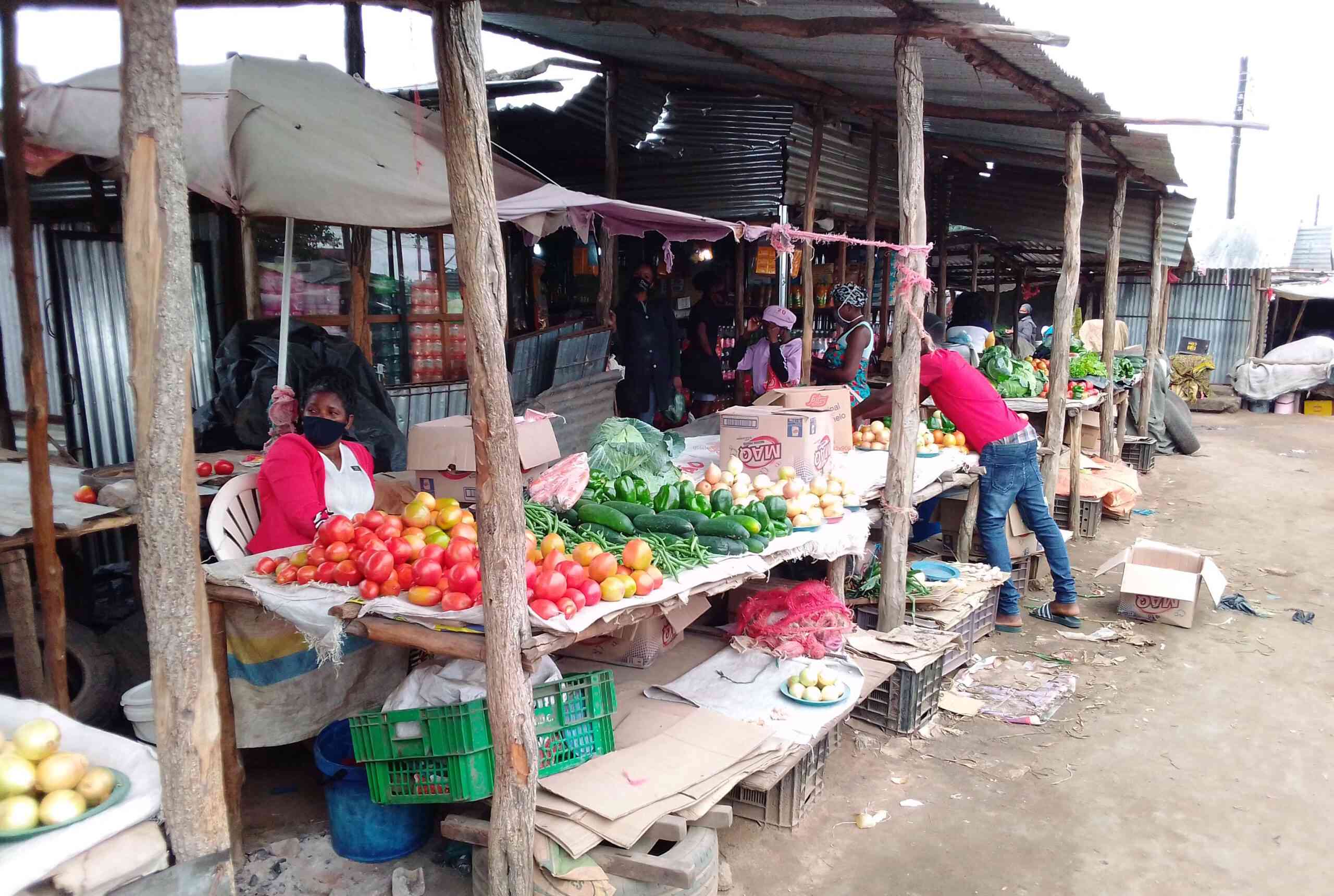
BY MELODY CHIKONO
FINANCIAL institutions are reluctant to advance loans to dairy farmers due to viability challenges afflicting the sector, government has said.
Lands, Agriculture, Water and Rural Resettlement minister Anxious Masuka on Friday said dairy farmers were failing to access long-term loans at reasonable interest rates.
He was speaking at the national small-scale dairy farmer of the year field commemorations held in Mashonaland East province.
“Government acknowledges the challenges and constraints being faced by the dairy sector and the whole agricultural sector at large,” Masuku said.
“The major constraints affecting the small-scale dairy farmers are low herd size and poor management, high stockfeed costs and electricity supply which collectively hinder expansion and sustainability,” he said.
Masuka said some of the challenges included transport for milk to collection centres, electricity connectivity, inadequate artificial insemination equipment, diseases, poor pastures and lack of farm machinery.
Masuka added that dairy farmers were experiencing price distortions when purchasing inputs such as vaccines, cleaning detergents, semen and other agricultural raw materials due to an unstable exchange rate.
- Chamisa under fire over US$120K donation
- Mavhunga puts DeMbare into Chibuku quarterfinals
- Pension funds bet on Cabora Bassa oilfields
- Councils defy govt fire tender directive
Keep Reading
Most dairy farming equipment is imported.
The challenges come as government is targeting to increase milk contributed by small-scale farmers to 10% from the current 5%.
Milk output increased by 6,4% in 2019 to 80 million litres, from 75 million litres in 2018.
From January to August 2020, national milk production was 51 million litres compared to 52,5 million litres during the same period last year, which is a 4% decrease.
“The decrease was mainly due to the drought which affected the cropping season for dairy feed but dairy farmers made efforts to continue milk production. Smallholder dairy farmers are contributing less than 5% of the national milk production volume but the target is to achieve at least 10% contribution by 2022,” Masuka said.











